How Stem Cell Injections Are Administered in Mexico
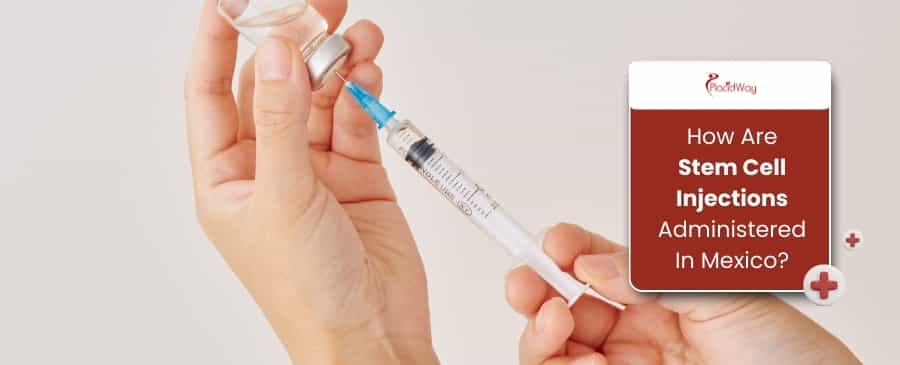
The process of receiving stem cell injections in Mexico is carefully planned and executed by experienced medical professionals. It involves a thorough assessment, selection of the appropriate stem cell type, and then the chosen administration route.
We'll walk you through the common ways stem cells are administered, the types of cells used, and what you can generally expect during your treatment experience. Our goal is to provide clear, helpful information to answer all your questions about stem cell administration in Mexico, helping you navigate your options with confidence.
What are the Common Administration Methods for Stem Cell Injections in Mexico?
When considering stem cell injections in Mexico, understanding how these treatments are delivered is fundamental. Mexican clinics utilize several primary administration methods, each designed to optimize the delivery of stem cells for specific conditions and therapeutic goals. The choice of method is crucial for ensuring the cells reach the intended target site efficiently.
Here are the most common ways stem cell therapy is administered:
- Intravenous (IV) Infusion
- Direct Localized Injection
- Intrathecal Injection
- Intramuscular (IM) Injection
The selection of the administration method is always determined by a medical professional after a thorough evaluation of the patient's condition, medical history, and treatment goals. Clinics offering stem cell therapy in Mexico ensure that the administration protocols adhere to strict medical standards, prioritizing patient safety and efficacy.
What Types of Stem Cells are Commonly Used in Mexico?
Understanding the types of stem cells used is crucial when considering stem cell injections in Mexico. Not all stem cells are the same, and their source determines their properties and therapeutic potential. Mexican clinics primarily focus on adult stem cells, which are generally considered safer and raise fewer ethical concerns compared to embryonic stem cells.
Is Stem Cell Therapy in Mexico Safe?
The safety of any medical procedure is paramount, and stem cell therapy in Mexico is no exception. While the general perception of medical tourism can sometimes raise concerns, many clinics in Mexico operate with high standards, often exceeding those found in some other countries. The key to ensuring safety lies in diligent research and choosing a reputable provider.
What is the Typical Procedure Like for Stem Cell Injections?
Undergoing stem cell injections in Mexico is a structured process designed for patient comfort and optimal therapeutic delivery. While specifics can vary slightly based on the clinic and the chosen administration method, there's a general flow that patients can expect. This systematic approach ensures that each step, from initial assessment to post-treatment care, is meticulously managed.
Here's a breakdown of the typical procedure:
- Initial Consultation and Evaluation:
- This crucial first step involves a comprehensive review of your medical history, current health status, and specific condition.
- Doctors will discuss your symptoms, previous treatments, and your goals for stem cell therapy.
- Diagnostic tests, such as X-rays, MRIs, or blood tests, may be performed or reviewed to determine if you are a suitable candidate and to tailor a personalized treatment plan.
- Stem Cell Harvesting (for Autologous Treatments):
- If you are receiving adipose-derived or bone marrow-derived stem cells, a harvesting procedure will be scheduled.
- Adipose: A mini-liposuction is performed, usually under local anesthesia, to extract a small amount of fat from an area like the abdomen or flank.
- Bone Marrow: Bone marrow aspiration is performed, typically from the hip bone (iliac crest), also often under local anesthesia and sometimes light sedation.
- Stem Cell Processing:
- Once harvested (for autologous cells) or obtained (for allogeneic umbilical cord cells), the stem cells are carefully processed in a sterile laboratory environment.
- This involves isolating, concentrating, and sometimes activating the stem cells to ensure their purity, viability, and potency. This step is critical for the effectiveness of the stem cell injections.
- Administration of Stem Cell Injections:
- The purified and concentrated stem cells are then administered using the chosen method (IV, direct injection, intrathecal, etc.).
- For direct injections, imaging guidance (e.g., ultrasound or fluoroscopy) may be used to ensure precise placement of the cells into the target area, such as a joint or spinal disc.
- The procedure itself is typically relatively quick, often lasting less than an hour, depending on the complexity of the administration.
- Post-Treatment Care and Recovery:
- After the stem cell injections, you will likely have a brief monitoring period at the clinic.
- You'll receive detailed instructions on post-treatment care, which may include avoiding strenuous activities, specific exercises, or nutritional guidelines.
- Follow-up appointments are usually scheduled to assess your progress and determine if additional treatments are needed.
What is the Cost of Stem Cell Injections in Mexico?
Cost is a significant consideration for anyone exploring stem cell therapy, and Mexico offers a competitive alternative to treatments in other countries. However, pinpointing an exact figure for stem cell injections in Mexico is challenging due to the numerous variables involved. The price reflects the complexity of the treatment, the quality of materials, and the expertise of the medical team.
Here are the primary factors that influence the cost of stem cell injections in Mexico:
| Cost Factor | Description |
|---|---|
| Type of Stem Cells Used |
|
| Number of Cells Administered | Higher cell counts or multiple doses for more severe conditions will naturally increase the overall price. Some protocols may involve a series of injections over time. |
| Administration Method |
|
| Condition Being Treated | The complexity of the condition and the required treatment protocol will influence the price. More severe or complex conditions often require more extensive treatment. |
| Clinic Reputation and Inclusions |
|
| Geographic Location in Mexico | Costs can vary between different cities or regions within Mexico, much like in any other country. |
How to Choose a Reputable Clinic for Stem Cell Therapy in Mexico?
Selecting the right clinic is perhaps the most critical step when considering stem cell injections in Mexico. With the growing popularity of medical tourism, particularly for regenerative medicine, ensuring you choose a reputable and ethical provider is essential for both safety and efficacy. A well-chosen clinic will prioritize patient well-being and provide transparent, evidence-based care.
By actively adopting these dietary and lifestyle changes, patients can significantly enhance their body's ability to respond to stem cell injections in Mexico, supporting the regenerative processes and contributing to more sustained and positive long-term outcomes.
Ready to explore advanced medical solutions? Discover how PlacidWay connects you to world-class healthcare providers and personalized treatment options for your unique needs.


.png)





.jpg)
.png)
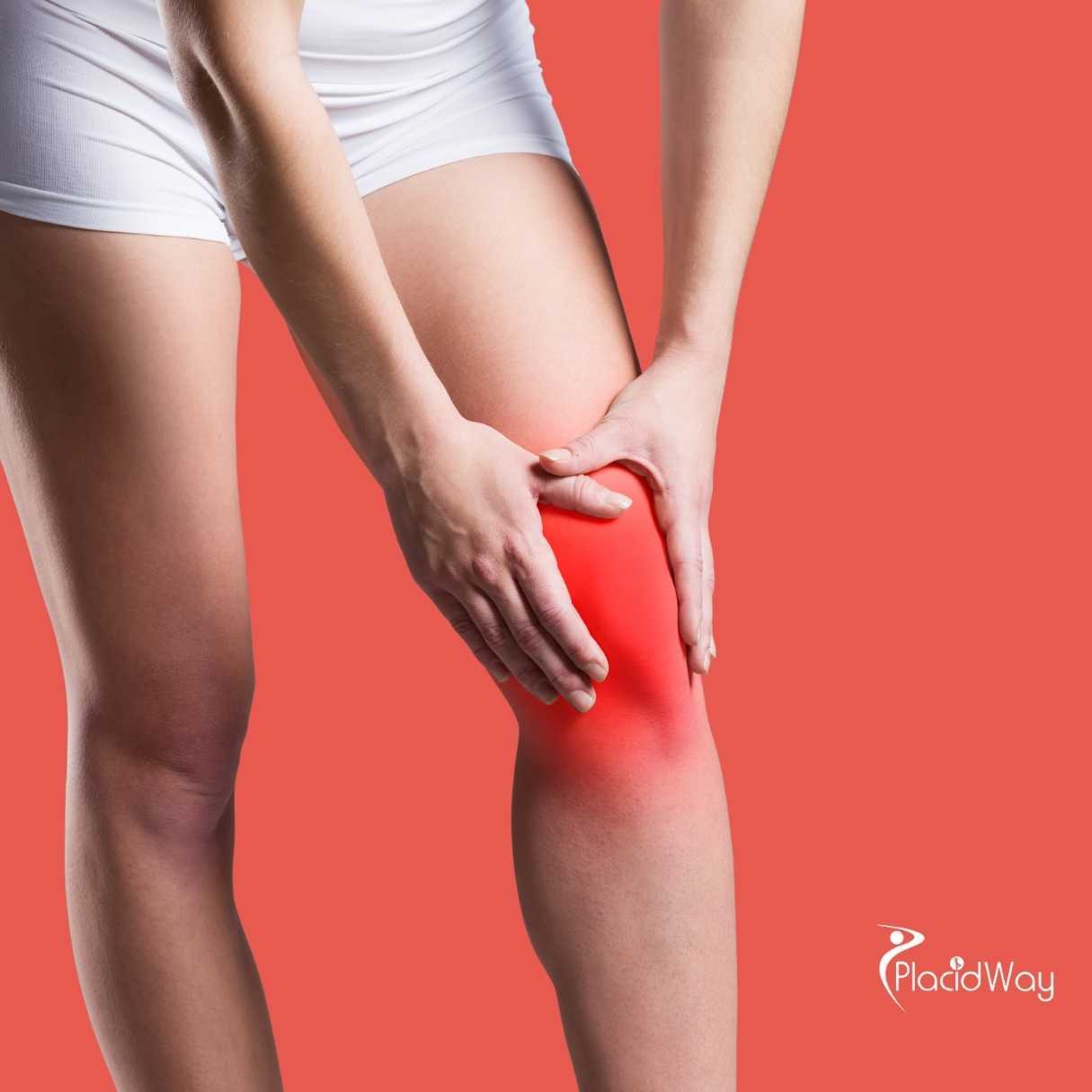
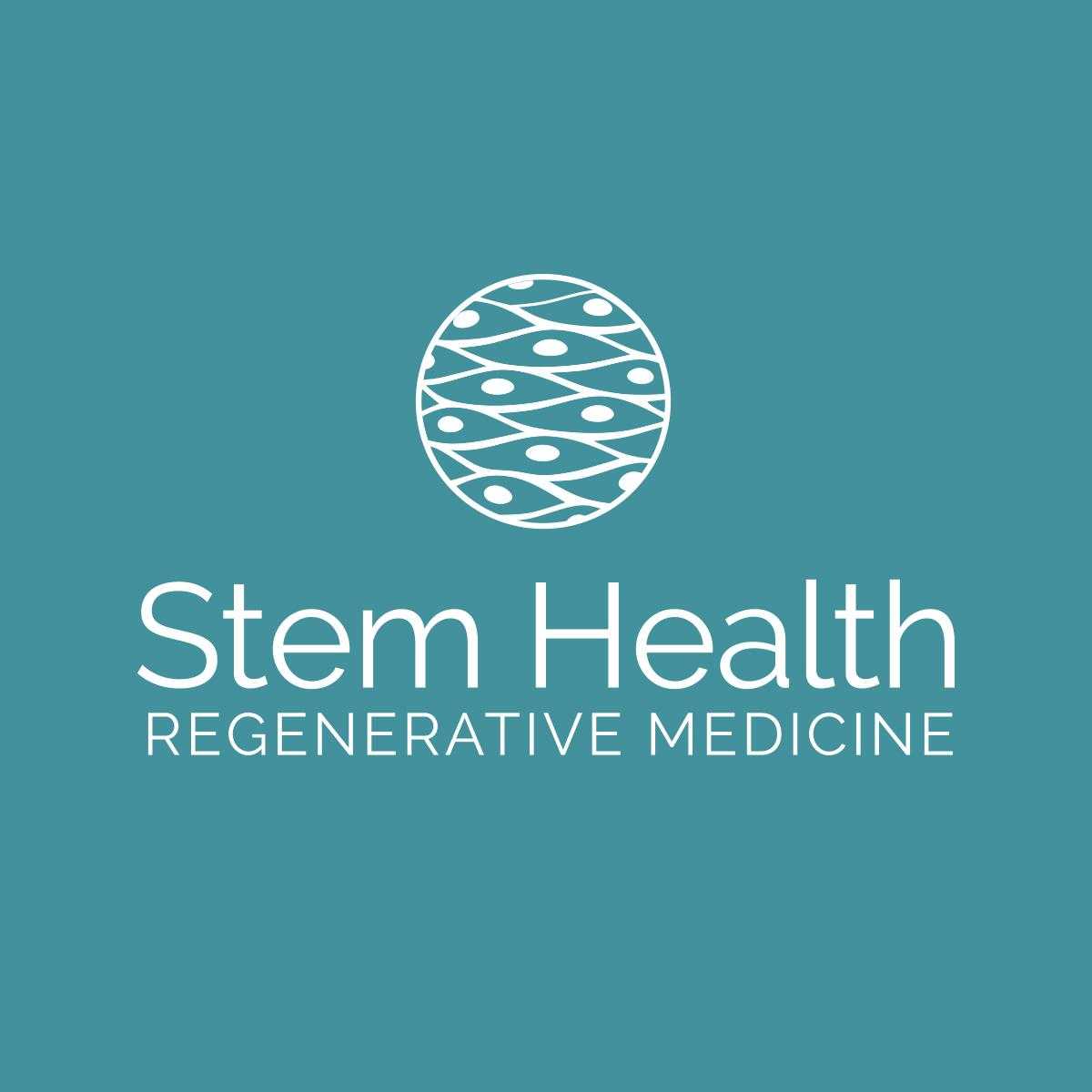
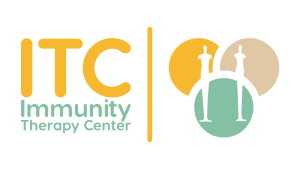
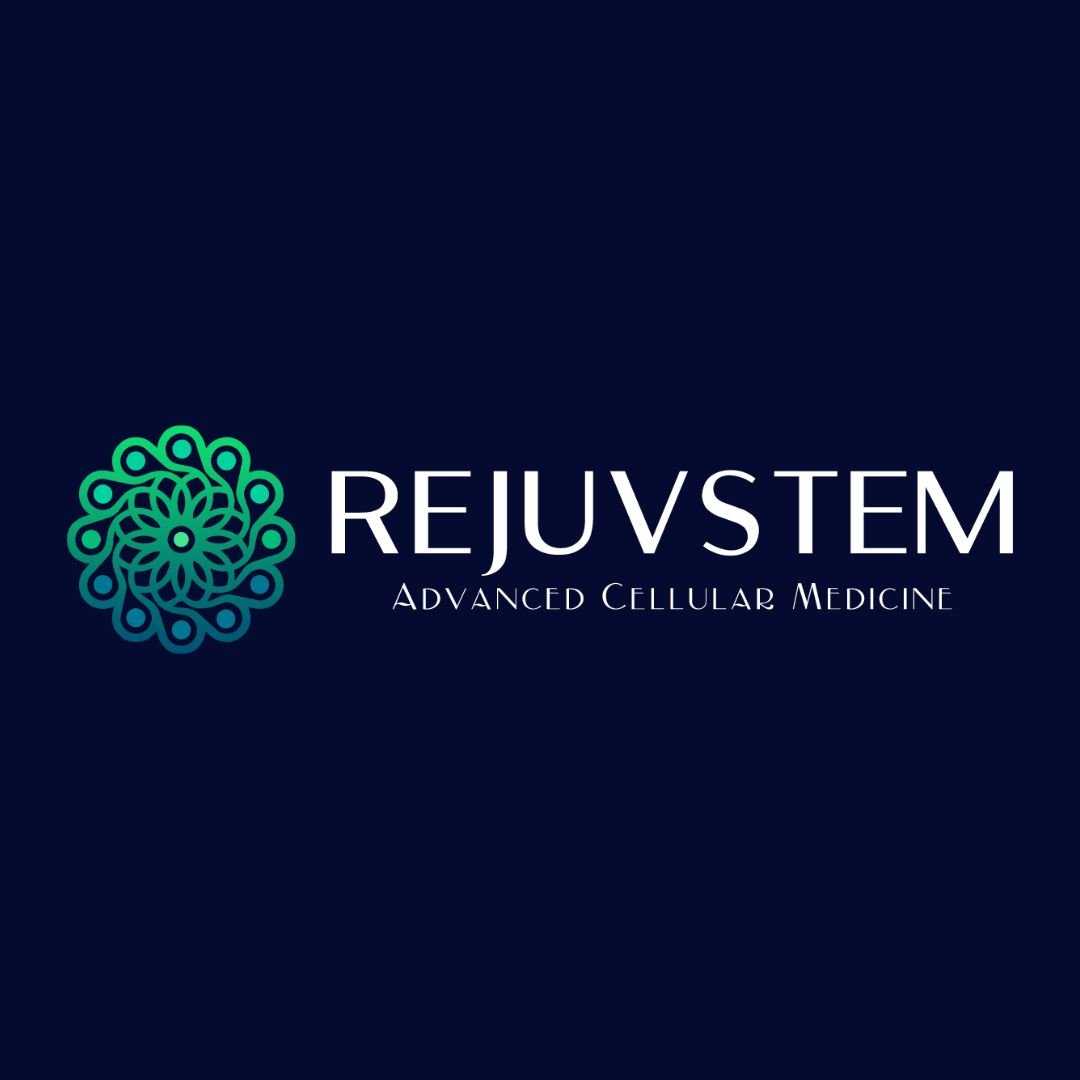
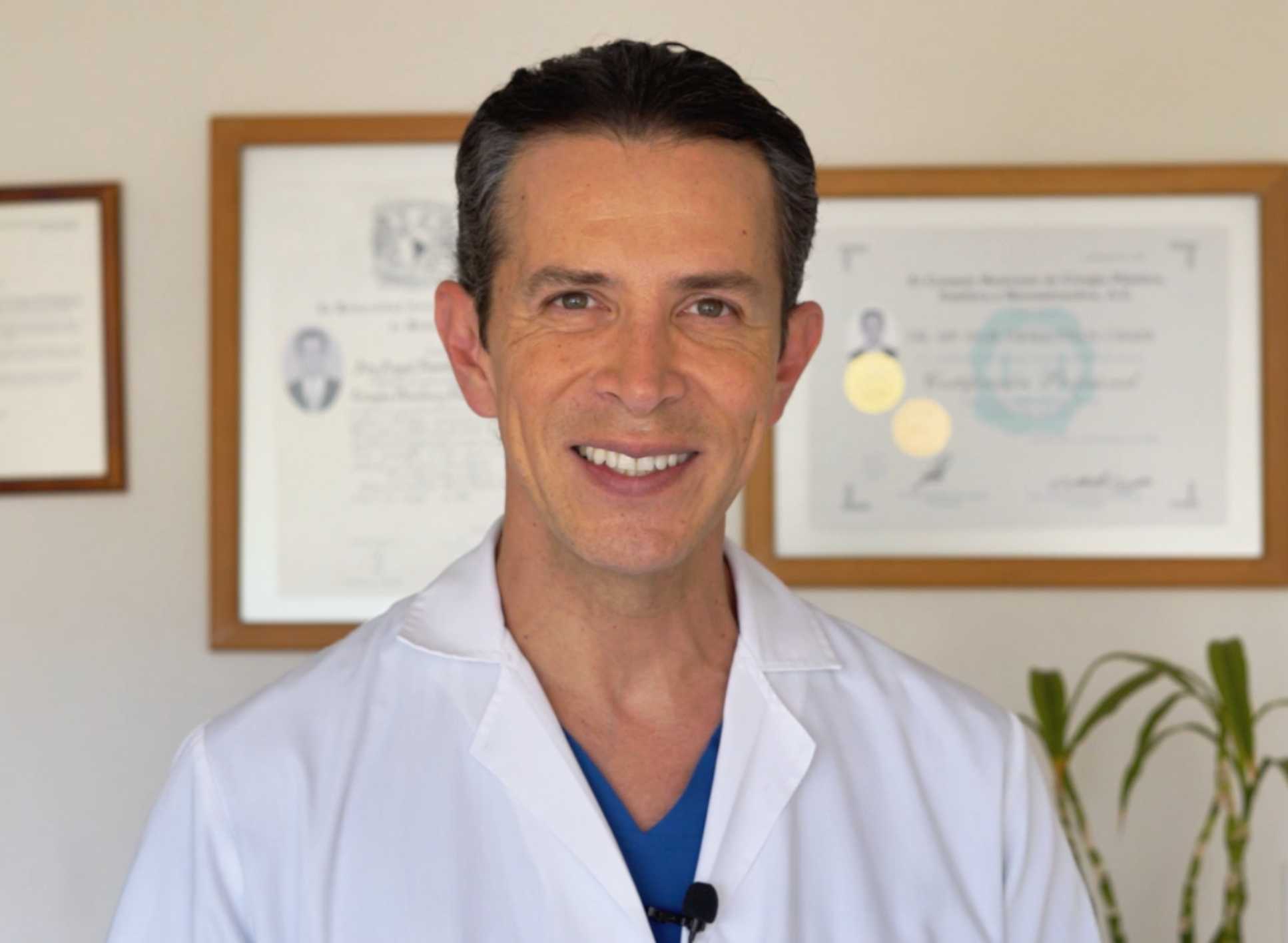
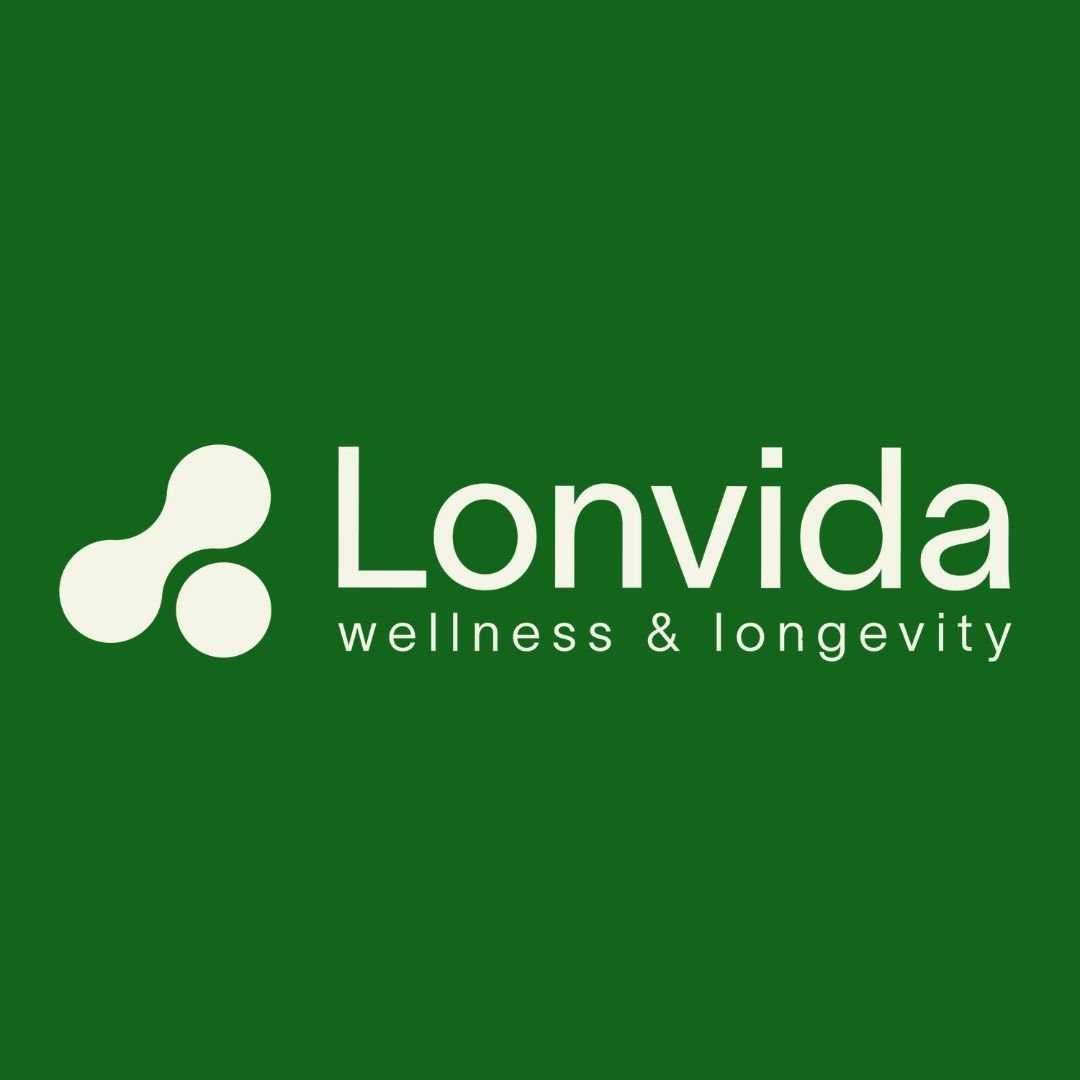

Share this listing